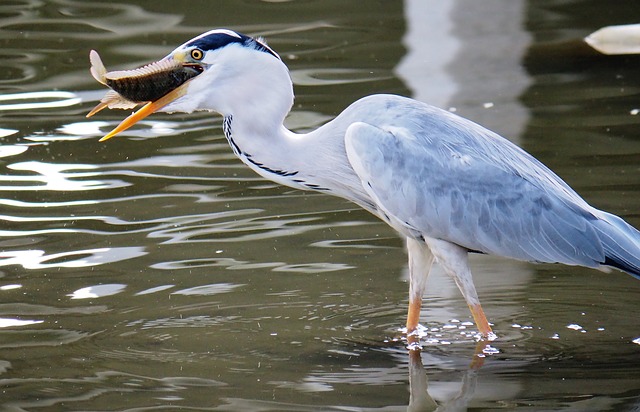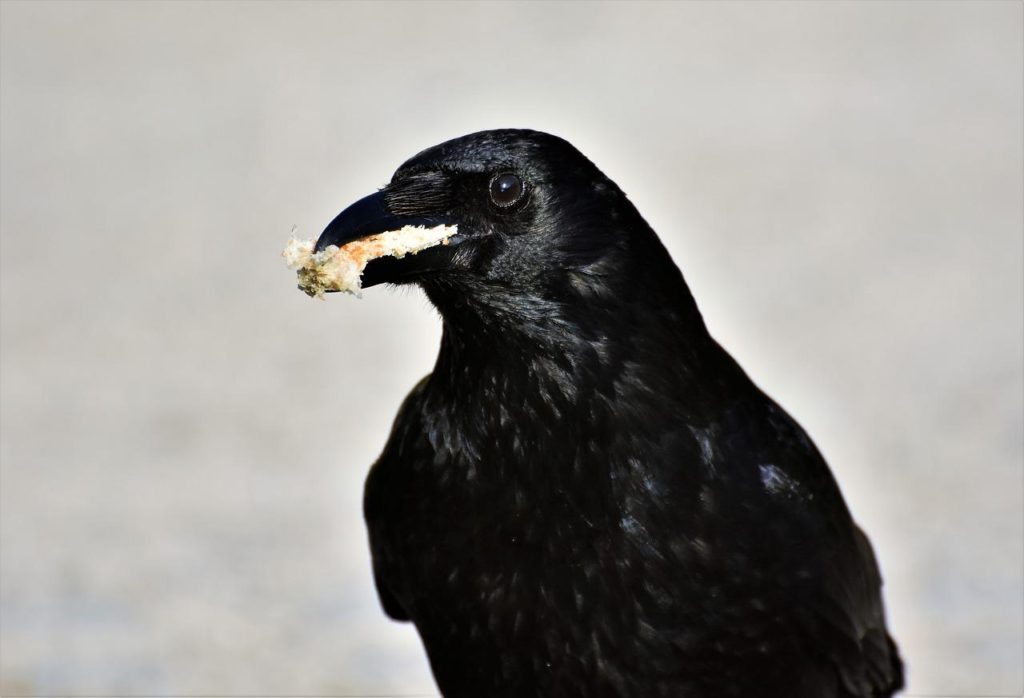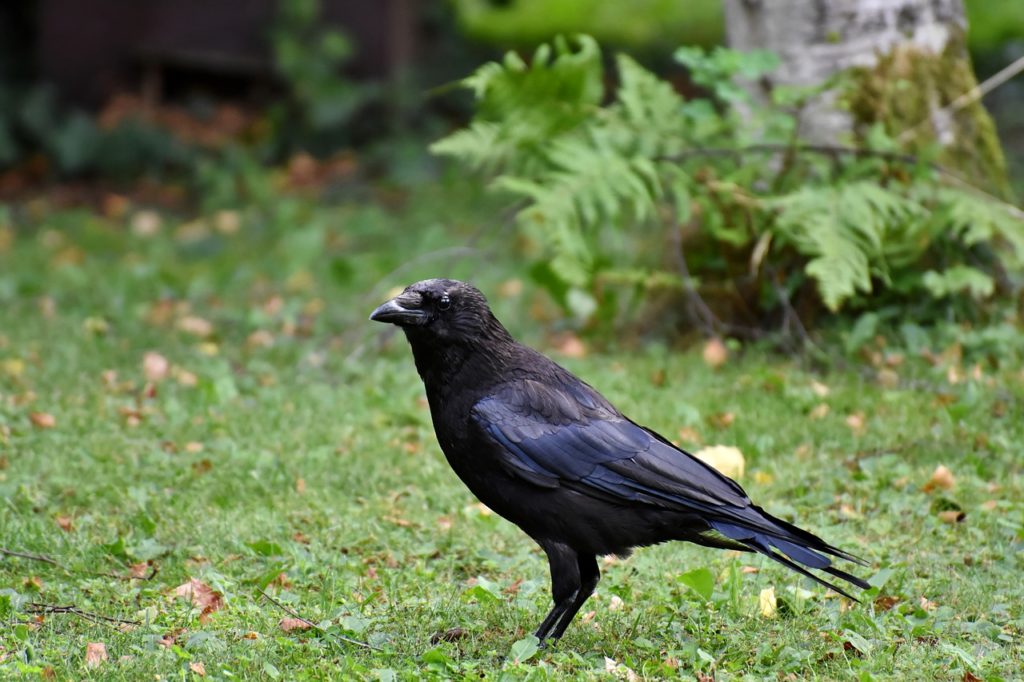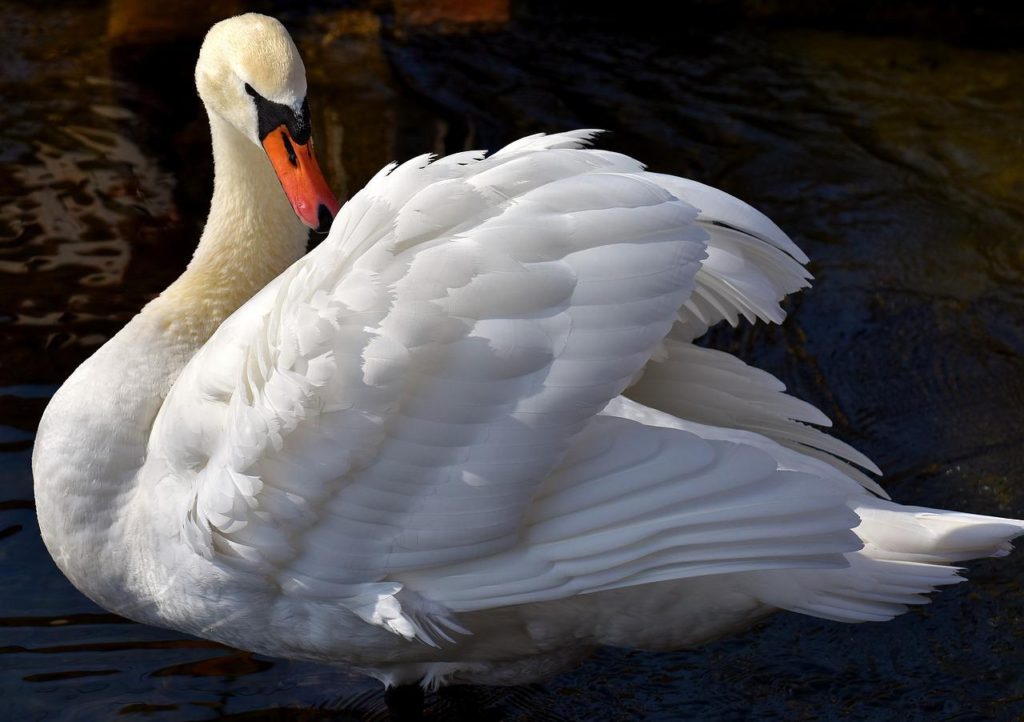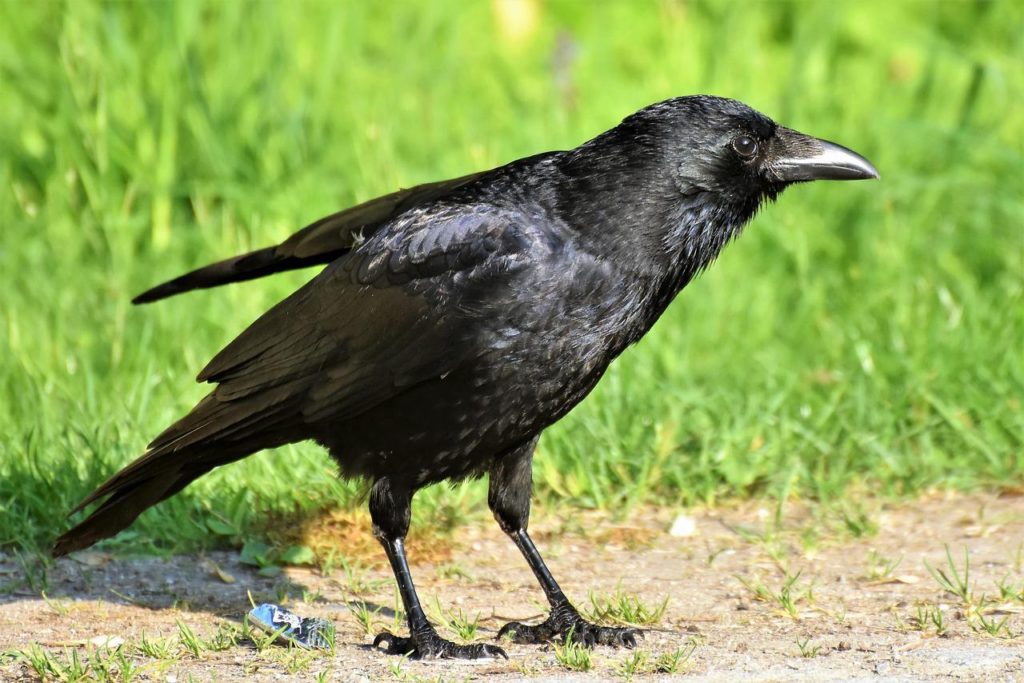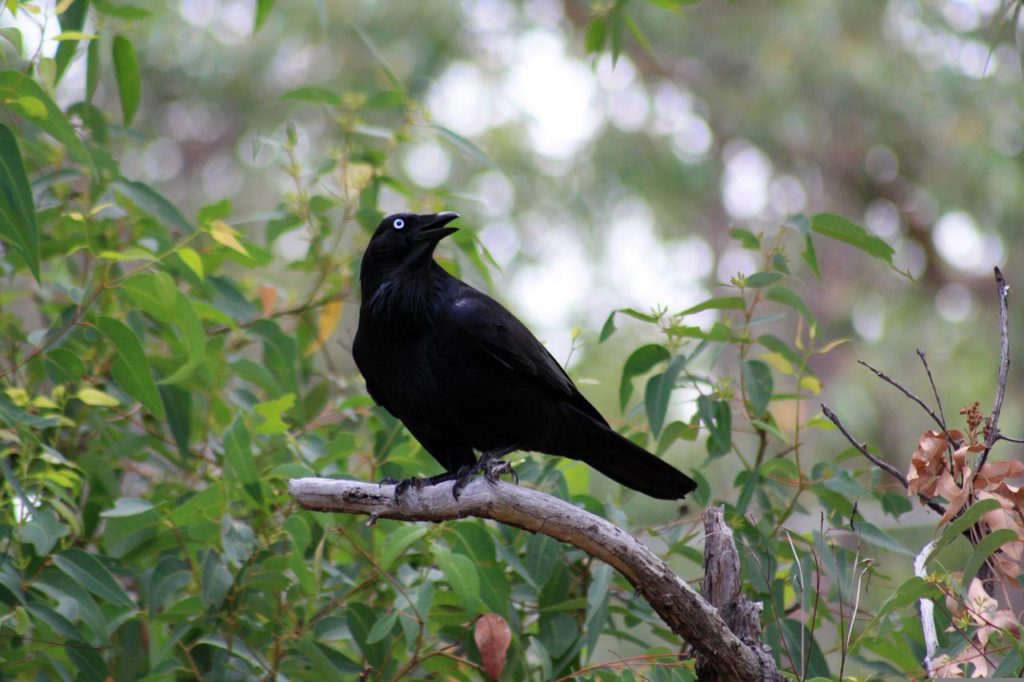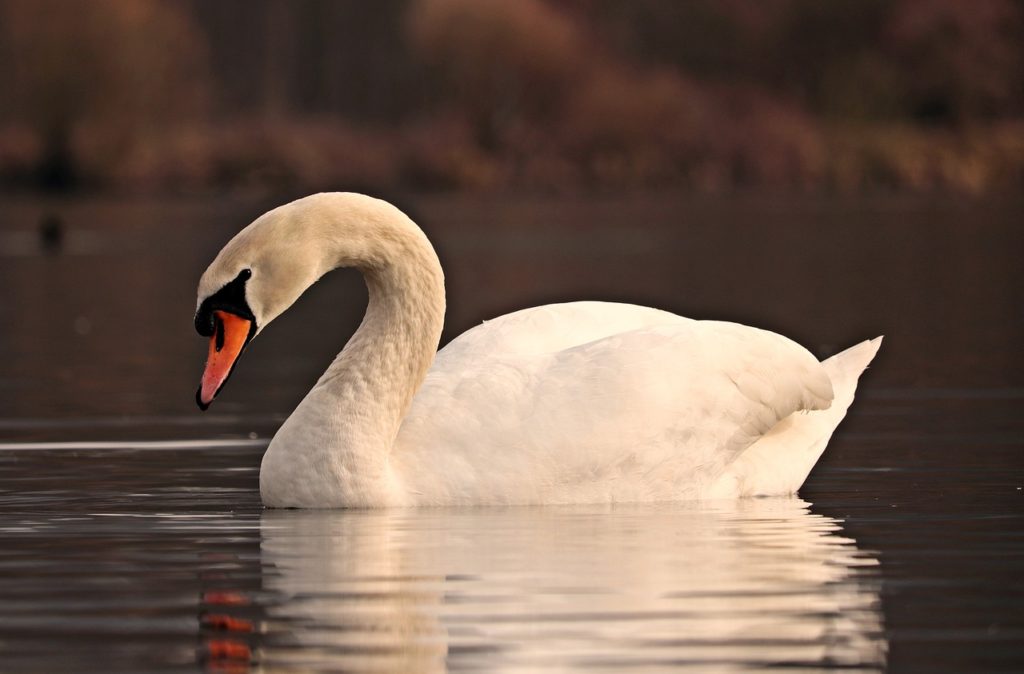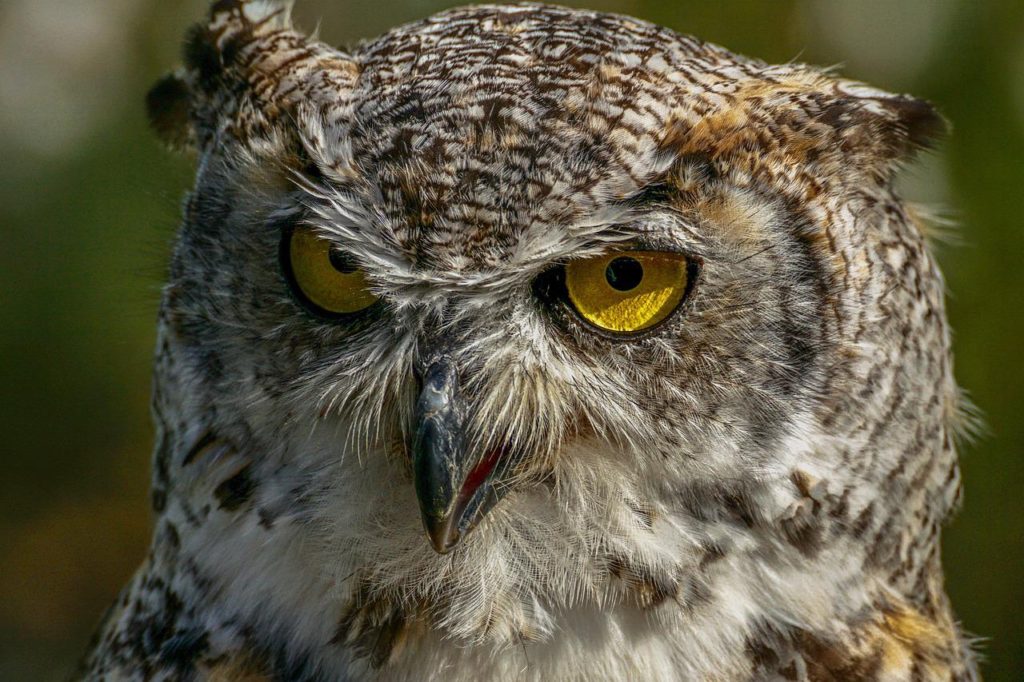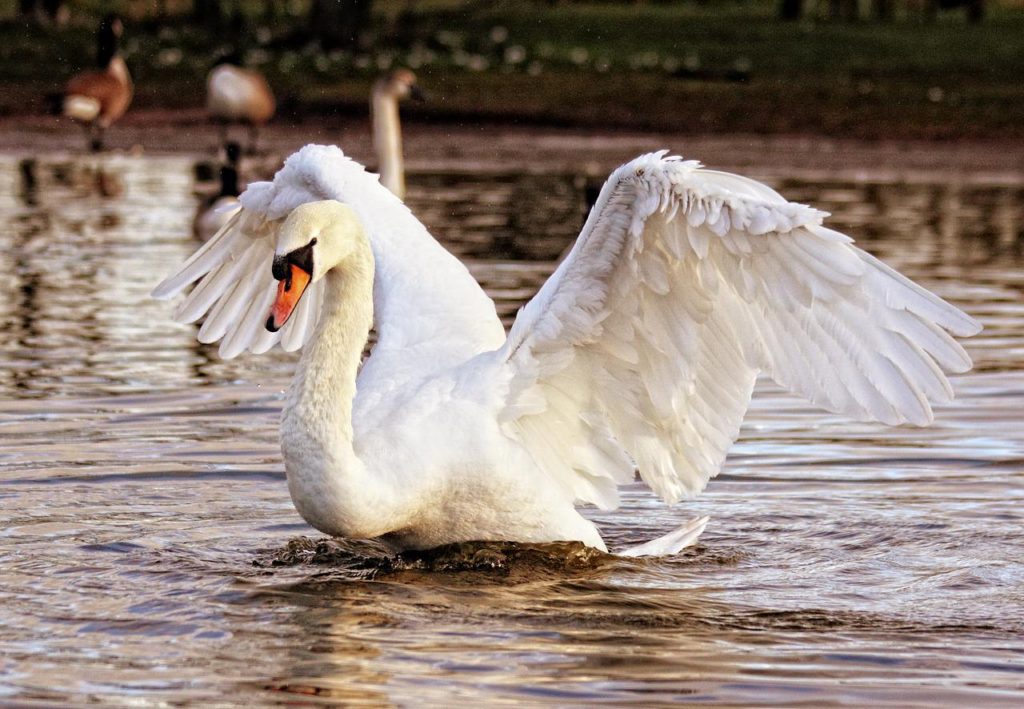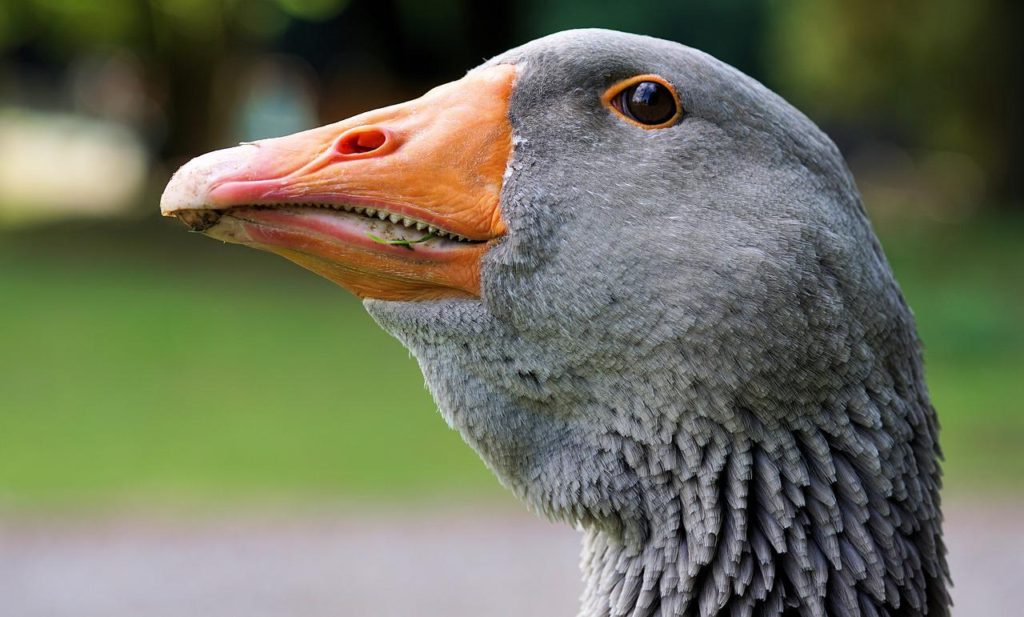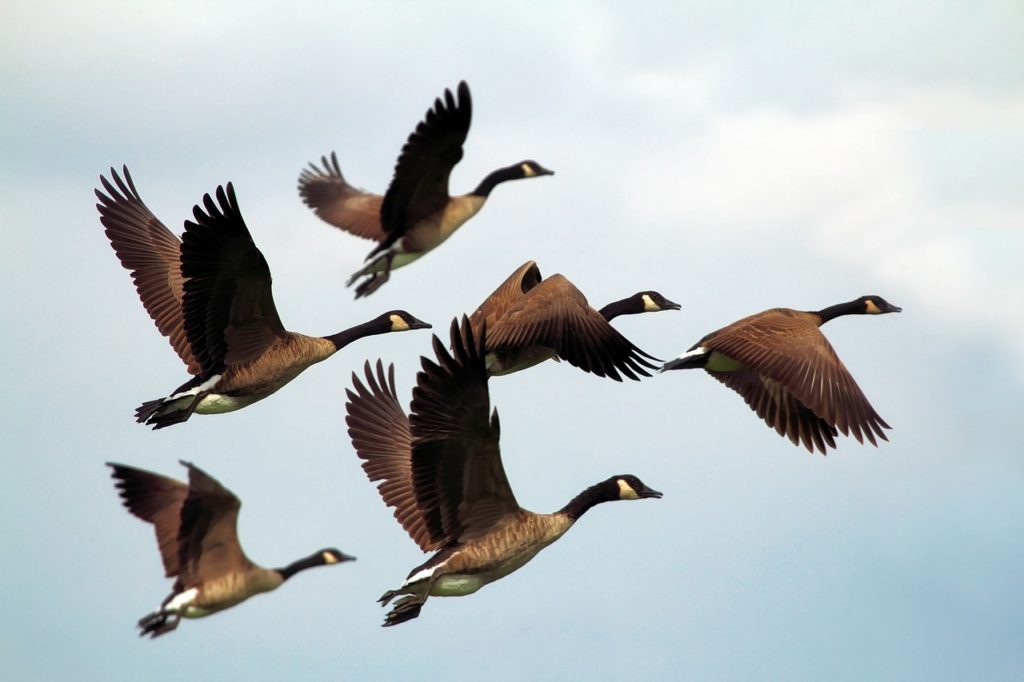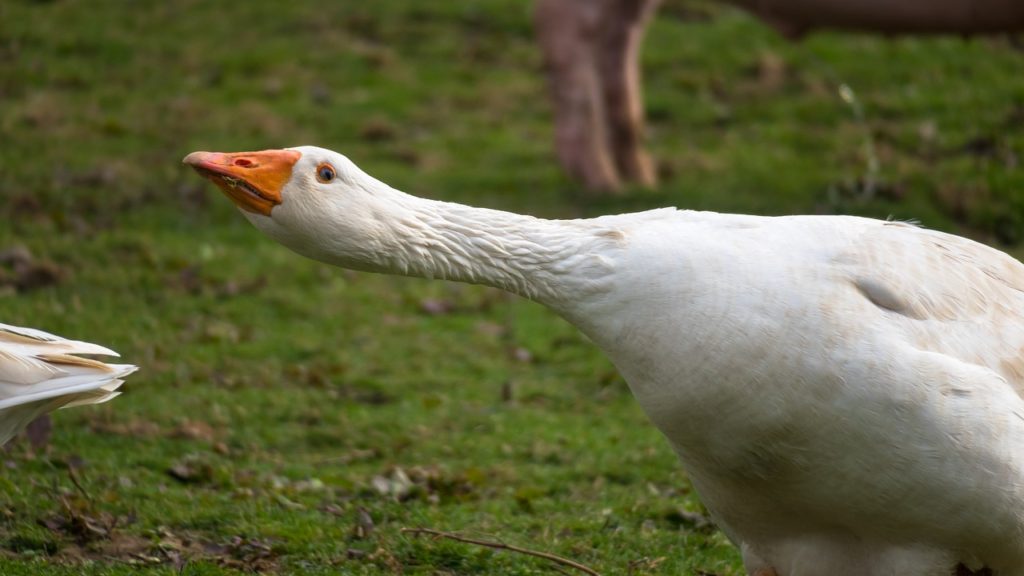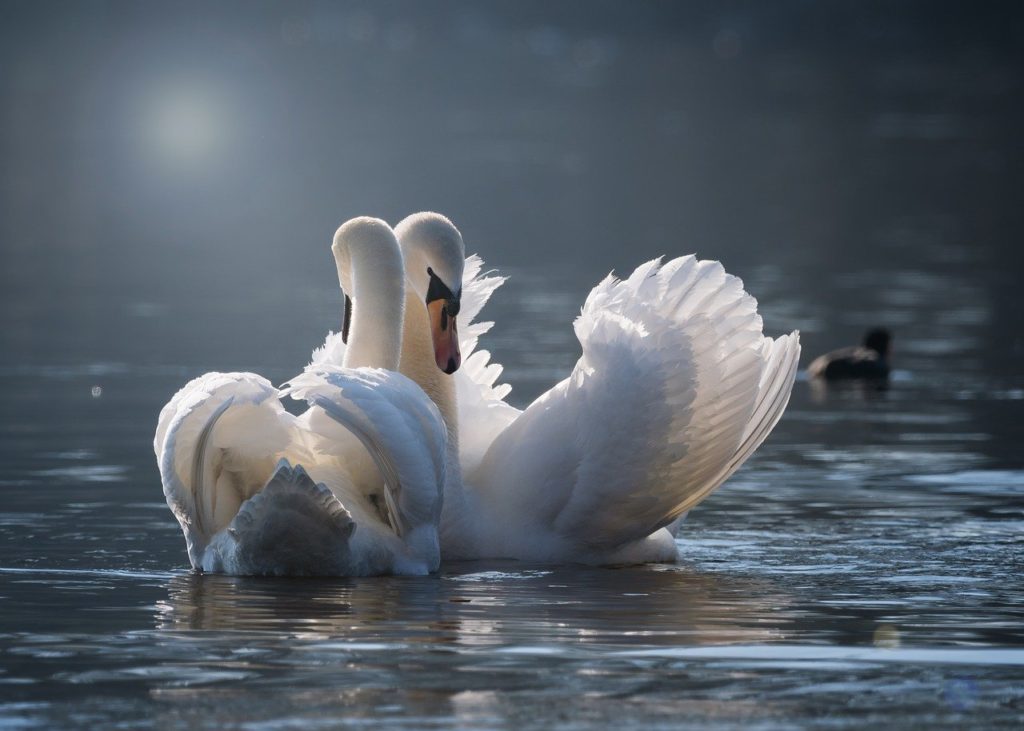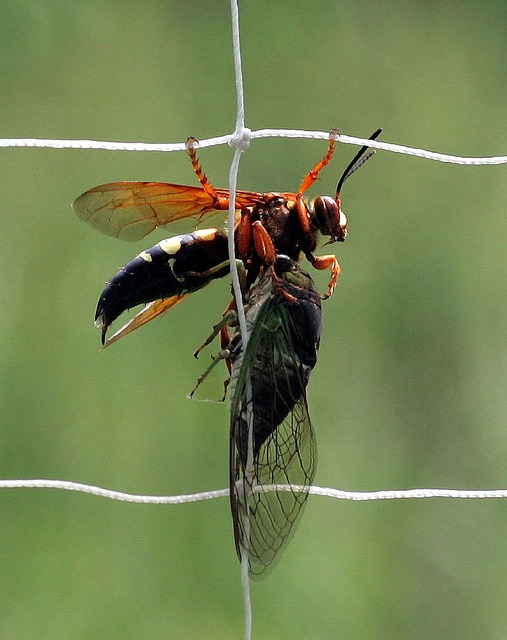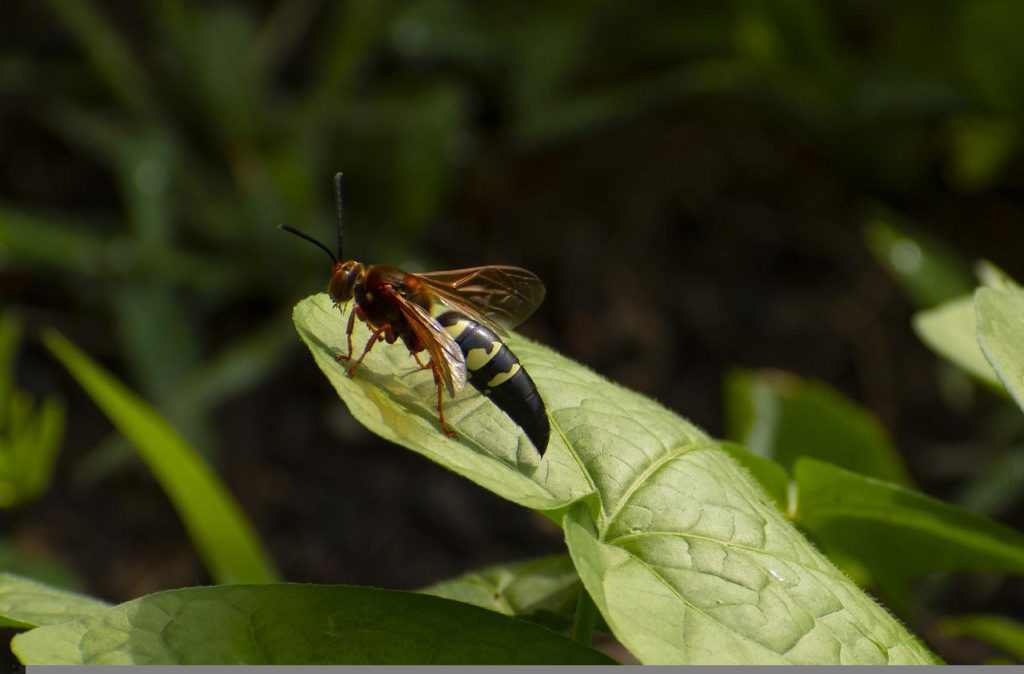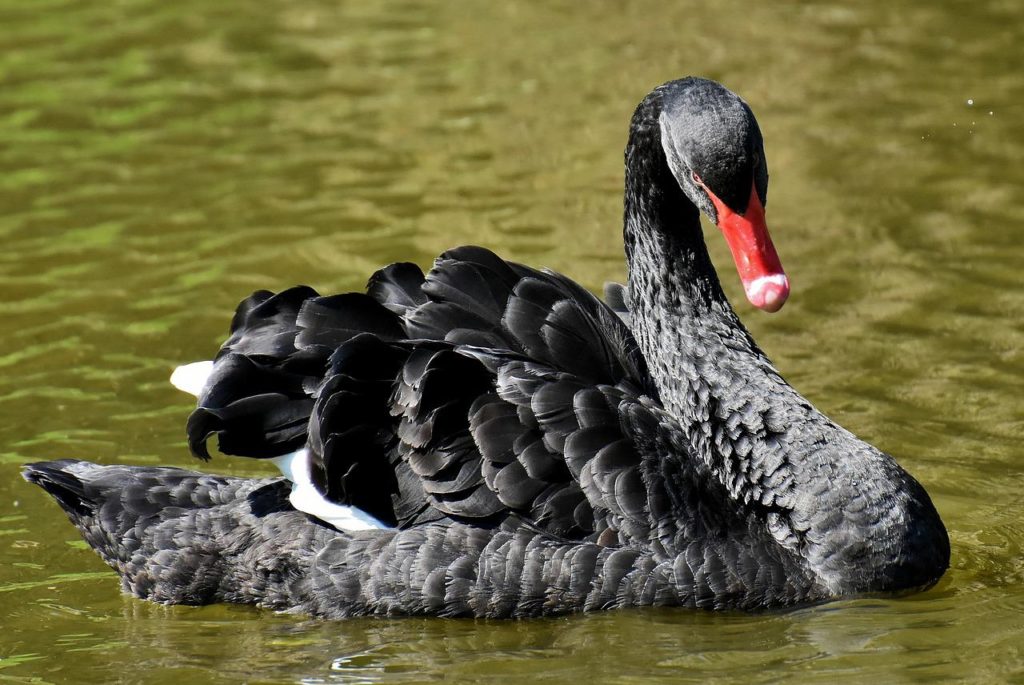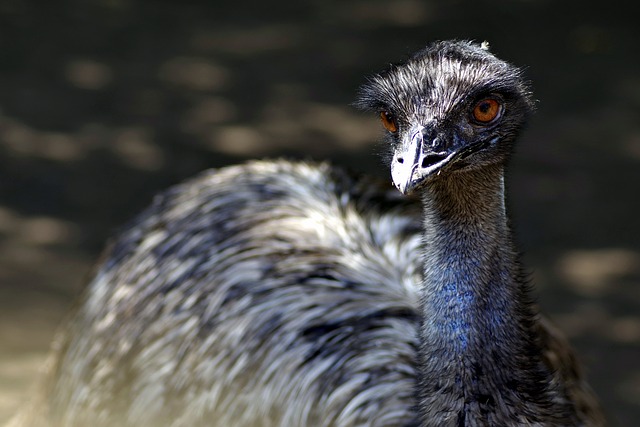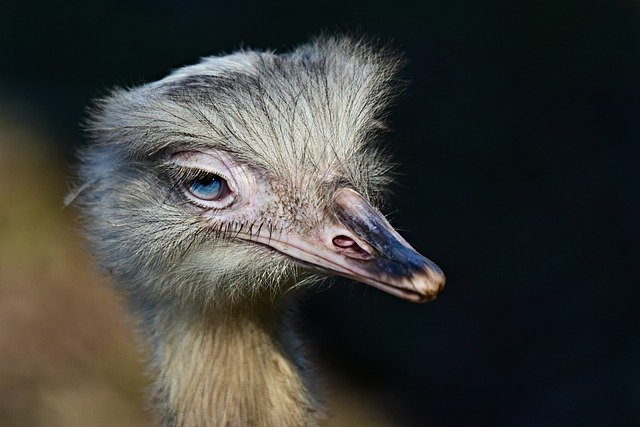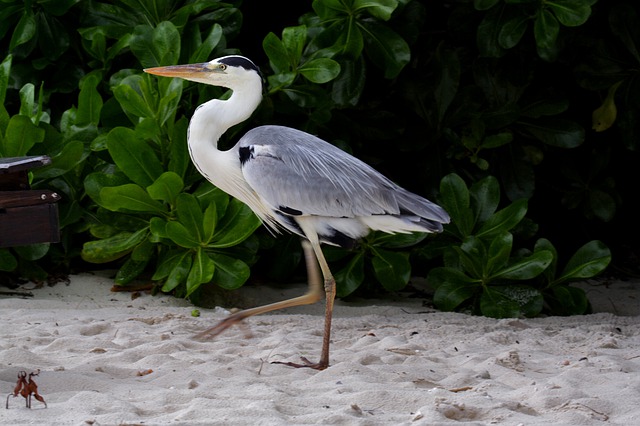
Few species of birds are as tall, elegant, and attractive as the great blue heron. So we’ve compiled some of the best great blue heron pictures for you to admire and help you to learn more about this amazing bird!
Great Blue Heron Head
The head of the great blue heron is quite unique. It has a long dagger-like beak that is used to catch fish and other prey. The beak, while typically yellow transforms temporarily to orange at the beginning of heron mating season. The face is almost all white with a set of distinct blue or slate-colored plumes (one on each side) that start above the eyes and end at the back of the head.
Juvenile Great Blue Heron
Although they may be both large and tall young herons look quite different from adults in terms of color. They can best be described as bluish-gray often with brown feathers around the body. Juveniles also typically have a dullish black or gray crown and no plumes. Their neck usually has dark streaks, the beak is a dark-hued yellowish gray, and they have a pale belly.
Great Blue Heron In Flight
While in some areas seeing a heron in flight is a common occurrence it can be difficult to tell them apart from similar-looking birds in the air. While they are large with wide wingspans and long legs so are several other birds that look like herons. A simple way to distinguish them from birds like storks and cranes is that while they fly with their necks extended, herons always fly with their S-shaped neck pulled back.
Great Blue Heron Wingspan
As you might be able to guess just from looking at one of these tall birds, they have a very large wingspan. In fact, the wingspan of an adult can reach six and a half feet wide. It’s not the largest wingspan in the world, that title is shared by both the Andean condor and marabou stork. However, if you take into consideration that the average height of a man is under six feet tall it puts it into perspective.
Great Blue Heron Eating
The great blue heron is an opportunistic predator. While their diet consists mainly of fish, herons eat a wide range of prey. This includes everything from snakes, rats, and frogs to ducklings and even occasionally adult ducks. Herons swallow their prey whole so they typically position it so that it will go down their throat head-first. This helps to prevent injury from things like spines and claws.
White Phase Great Blue Heron
There is actually an all-white color phase great blue heron. It is not considered a sub-species but instead a color morph. Known as the great white heron, it has a slightly larger build, yellow beak, and all-white plumage. A key to identifying it from other all-white birds that look similar are its dull yellow legs. The great white heron has a much more limited range than the standard-colored great blue heron.
The Elegant Heron
The heron is considered to have a very elegant appearance. Its long legs, curved neck, and striking colors are all part of its visual appeal. And don’t forget the distinct plume on its head. Because of its looks, it’s often the subject of nature photos like with the great blue heron pictures in this article but also in works of fine art. Heron statues are commonly used to portray the natural beauty of this bird in outdoor spaces as well.
Great Blue Heron Habitat
A wide-ranging species, the great blue heron can be found in both fresh and saltwater habitats. Streams, rivers, creeks, swamps, lakes, and ponds are all suitable places for herons to find food. But so are saltwater marshes, shorelines, and even open fields and grasslands. Typically herons will nest within several miles of these feeding areas.
Great Blue Heron In Pond
The great blue heron’s diet consists mainly of fish. This can often cause problems for pond owners. When a heron sees slow and brightly colored fish in a backyard or garden pond it takes it as an opportunity for an easy meal.
And for a master predator like the heron, it is. For this reason, pond owners will often use a decoy, netting, or other heron deterrents to help keep hungry birds away from expensive ornamental fish that could end up as sushi.
Great Blue Heron Nest Building
Herons normally build their nests in trees. They do this in large nesting colonies that often have several hundred other birds. Nest construction can take several days to several weeks. While the male collects and brings large sticks to the nesting site, the female builds the actual nest. When the nest and breeding are complete the female will lay two six pale blue eggs.
Cautious Great Blue Heron
The great blue heron is a cautious bird. It prefers to land in spaces where there is a clear field of view so that it can see any potential predators at a distance. In fact, it will often land somewhere nearby first like in a tall tree so that it can observe the entire area from above.
Because other birds know the heron is so wary, hunters will often use a heron decoy when duck hunting to help give nervous ducks the confidence to land.
Great Blue Heron Hunting
The great blue heron has several methods for hunting its prey. One of the most common is wading through shallow water carefully scanning for fish or small animals. Another method is standing completely still and waiting for prey to come within striking distance.
While the great blue heron sometimes grabs the prey with its beak it also uses its beak to impale prey items as well. Although it does hunt at other times it usually hunts for food around dawn and dusk.
Start Shopping for Birding Supplies!
What Do Crows Eat?
With roughly 40 different species, crows are a common sight in most places around the world. And while most of us are familiar with their appearance and harsh vocalizations, their diet is not as obvious. So what do crows eat? Here's what you'll want to know. What Do...
What Are Crows Good For?
Crows are widely considered to be pests. However, these large and highly intelligent black birds actually serve quite a few important functions in the environment. So what are crows good for? Here's what you'll want to know. Pest And Parasite Management Crows are...
How Long Do Swans Live?
Swans are graceful and beautiful creatures and as such, people have many questions about them. They want to know about their mating rituals, their diet, their preferred habitats, and even their lifespans. How long do swans live for anyway? Swan lifespans actually vary...
Are Crows Good Pets?
People all around the world see and hear crows on a daily basis. Although these intelligent and dark birds are practically ubiquitous, most people don't think of them as being household pets. Are crows good pets? The general consensus is that crows do not make...
Are There Crows In Australia?
Crows are remarkably smart birds that also happen to be extremely adaptable. They navigate unfamiliar circumstances via observation and interaction. Crows reside in locations all over the globe. While they do not live in certain parts of South America, they do reside...
What Do Swans Eat?
Swans are famously long-necked birds that are symbols of romance, love, beauty, and purity. Since these waterbirds have so many admirers, people often wonder about their eating habits, behaviors, and more. What do swans eat, anyway? Swan Basics Swans typically live in...
Birds That Look Like Owls
Owls are typically solitary and mainly nocturnal birds. And although these well-known hooting creatures have a rather distinctive physical appearance, there are actually various other kinds of birds that resemble owls closely. And people sometimes mix them up. So...
Why Are Swans Protected?
Swans are graceful and gorgeous creatures. They also happen to have protection in the United Kingdom, interestingly enough. Why are swans protected there, anyway? And does the Queen own all the swans? Yes, she actually owns any mute swans that are unclaimed in both...
Birds With Teeth
Birds do not have teeth. However, there are quite a few that really look like they do! These birds have evolved special beaks which help them to perform important functions. So here are some of the most amazing birds with “teeth,” and what you’ll want to know about...
Do Geese Fly?
Although geese are clearly birds, there are many individuals who do not necessarily associate them with flying. So, do geese fly? The honest answer is that these waterfowl do. They do not exactly slouch in the flying department, either. Many people are pleasantly...
Are Geese Dangerous?
Geese, in brief, are waterbirds that are quite substantial in size. Since they're often spotted on golf courses, at schools, and in community parks, people understandably tend to wonder whether they're safety threats. Are geese dangerous? Why Geese Attack...
Do Swans Mate For Life?
Swans are famously elegant waterbirds that are known for their sizable bodies, webbed feet, and lengthy necks. People often associate them with romantic imagery and monogamy. Do swans mate for life? You can find the response to that common and rather fascinating...
When Do Cicada Killers Come Out?
Whether you dread them each year or are waiting for them to emerge and control the cicada population you may be wondering, “When do cicada killers come out? The answer is they come out each summer in late June or July. Here’s what you’ll want to know. Cicada Killer...
Are Cicada Killers Dangerous?
One look at one of these huge wasps buzzing around, your yard, and it’s only natural to ask, “Are cicada killers dangerous?” Fortunately, these wasps are mild-mannered. But here’s what you’ll want to know. Cicada Killer Wasps Basics Cicada killers emerge from the...
What Are Black Swans?
What are black swans? Black swans (Cygnus atratus) are sizable waterbirds. This species primarily appears in Australia's southwestern and southeastern portions. The black swan is nomadic in its homeland. This bird, true to its name, is mostly black. Although the bird...
What Do Cicada Killers Eat When There Are No Cicadas?
What do cicada killers eat when there are no cicadas? Well, while cicada killer wasps do hunt cicadas, the adults don’t actually eat them or kill them, their young do. Read on to learn more! The Cicada Killer Diet While you may have seen cicada killer wasps flying...
Do Cicada Killer Wasps Sting?
As one of the biggest species of wasp in North America the cicada killer wasp can be intimidating. And because of their size, appearance, and scary-sounding name, many people wonder, “Do cicada killer wasps sting? The answer is yes and no, and here’s what you’ll want...
Emu Facts
Did you know? One emu egg can make an omelet that can feed up to six adults. Did you know that the emu is the only bird with calf muscles? Can an emu walk backward? Let us find out by exploring some of the most jaw-dropping emu facts. Emus Have Amazingly Powerful Legs...
Rhea Facts
Doting dads, did you know the male rhea builds the nest, incubates the eggs, and takes care of the young? The rheas are paragons of parental care. It’s a bird like no other, and you will be surprised by the following rhea facts. Rheas Are One Of The Best Dads In The...




